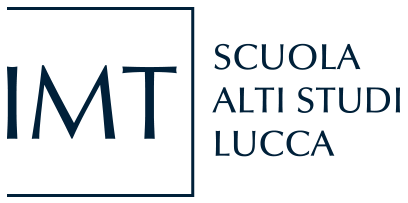Microbial communities are found throughout the biosphere, from human guts to glaciers, and from soil to activated sludge. Multiple ecological forces, such as species interactions (e.g., competition, cooperation) and environmental factors, act together to shape the composition of these communities. Drawing a parallel with physics, we can expect that some of these forces dominate at certain scales or under specific conditions, implying an underlying structure in the statistical properties of the community. How can we reveal such a structure?
Phyloecology approaches--which combine phylogenetic relationships between species with community ecology--have the potential to disentangle these forces but are often difficult to connect with quantitative predictions from theoretical models. In contrast, macroecology, which focuses on universal statistical patterns of abundance and diversity, provides natural connections with theoretical models from statistical physics but often overlooks interspecific correlations and interactions.
Here, we propose a unified framework that combines these approaches to analyse natural microbial communities. Specifically, by using metagenomic data on species abundances, we reveal the existence of an empirical macroecological law indicating that correlations in species-abundance fluctuations across communities consistently decay from positive to null values as a function of phylogenetic dissimilarity across ecologically distinct microbiomes. We formulate three variants of a mechanistic model, each based on different ecological forces, leading to distinct predictions. From these analyses, we conclude that the observed macroecological pattern can be quantitatively explained as a result of shared, population-independent, fluctuating resources--i.e., environmental filtering--rather than as a consequence of, for instance, species competition.
In conclusion, we will draw a general perspective on how to build a "statistical physics" of microbial communities across scales.
Join at: imt.lu/sagrestia
